A new European study out Monday throws into question conventional wisdom that the Milky Way and Andromeda galaxies are on a collision course that will take
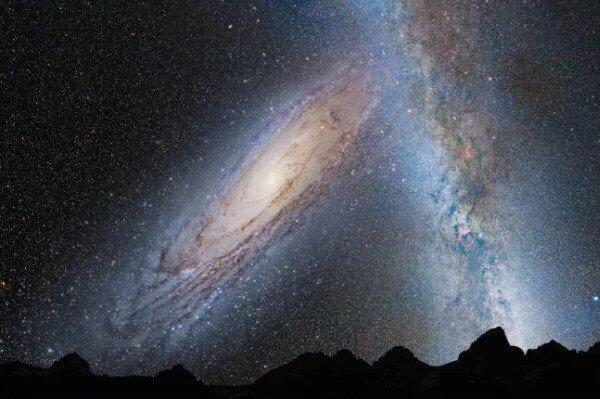


Craters on the moon could hold over a trillion dollars’ worth of platinum and other precious metals deposited there by asteroids. That means lunar prospecting may be more economically viable than travelling to asteroids individually to mine them – but the legality of doing this on the moon remains unclear.
Jayanth Chennamangalam, an independent researcher in Vancouver, Canada, and his colleagues looked at whether there may be commercial quantities of platinum group metals (platinum, palladium, rhodium, ruthenium, iridium and osmium) that were left behind by asteroids hitting the lunar surface.
Image: NASA’s Scientific Visualization Studio
Mining craters on the moon could be more practical than extracting precious metals from asteroids, but it might also introduce new legal difficulties.
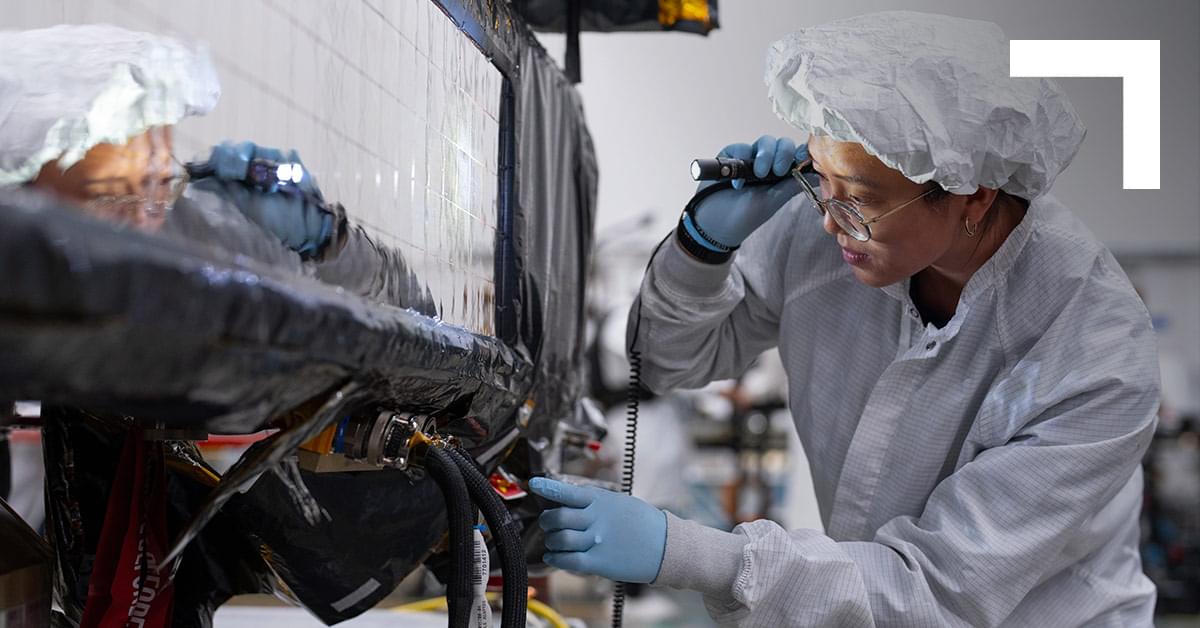
Our forward-leaning, innovative spirit is backed by a legacy of expertise that began at the dawn of the space age.
Our mission experience in space runs deep, we know our customers well, and our capabilities are unmatched. This is what allows us to provide reliable, agile and affordable space solutions to best serve our customers.
From defending freedom to advancing human discovery, we are defining what is possible in space every day.

A new AI-powered method is changing how scientists measure the universe. Developed by researchers at the Flatiron Institute and their partners, this technique offers a far more accurate way to determine the cosmos’ key properties.
The approach, known as Simulation-Based Inference of Galaxies (SimBIG), pulls hidden clues from galaxy patterns. It goes beyond older techniques by uncovering information that was previously out of reach.
Using AI, the team cut uncertainty in critical parameters—like how clumpy matter is in the universe—to less than half. These results match closely with other cosmic measurements, including the light from the universe’s earliest moments.
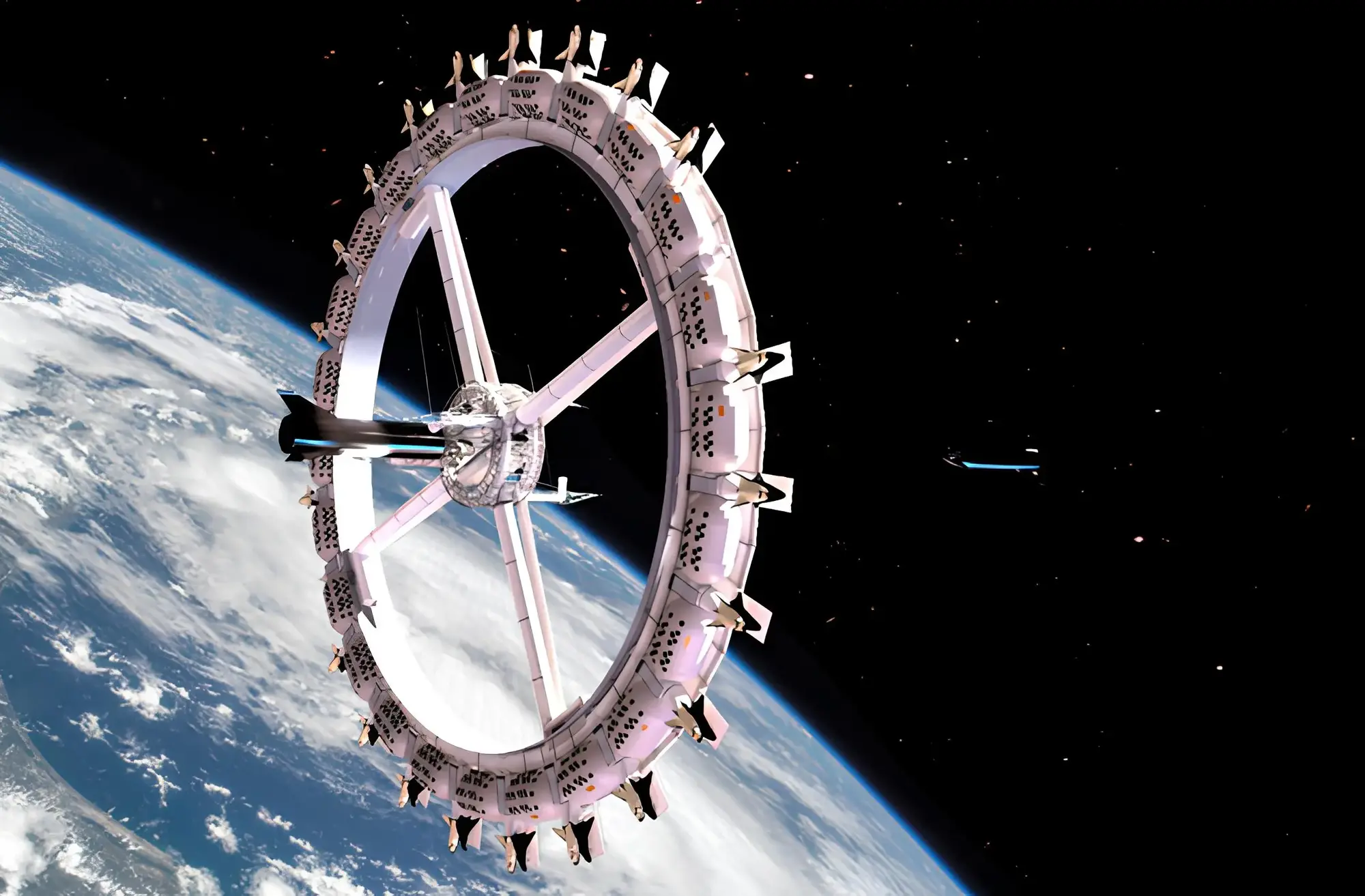
This docu-series covers all three of Earth’s next landing options – Asteroids, the Moon and Mars. The programmes explore the scientific reasons for and against each celestial body’s case to be the next that humans might colonise. They explore the technical and logistical problems and benefits of each – EG temperature at night and day, ability or inability to harness solar power and more.
Join the Spark Channel Membership to get access to perks:
/ @sparkdocs.
Watch the best history documentaries, with 50% off your first 3 months, on History Hit: https://historyhit.com/subscribe Using the code SPARK
Find us on:
Facebook: / sparkdocs.
Instagram: / spark_channel.
Any queries, please contact us at: [email protected].
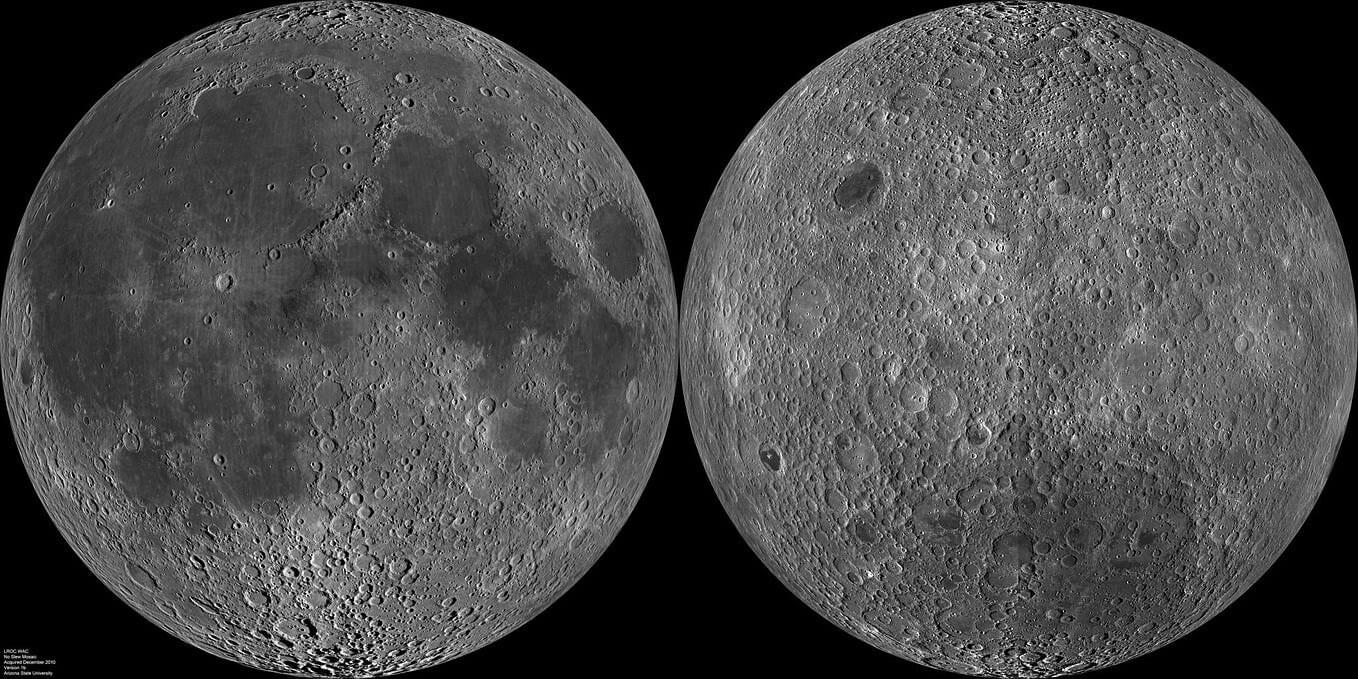
The moon’s nearside (that is, the side facing Earth) is dark-colored and dominated by ancient lava flows, whereas the farside is more rugged—and NASA researchers now suggest it’s due to a wonky lunar interior. Using data from twin spacecraft named Ebb and Flow, they found a 2–3% difference in the moon mantle’s ability to deform on each side. They say this data could be explained by the nearest hemisphere’s insides being up to 170°C hotter than the farside.
The detection of differences between the moon’s interior in the near and far hemispheres is reported in Nature this week.

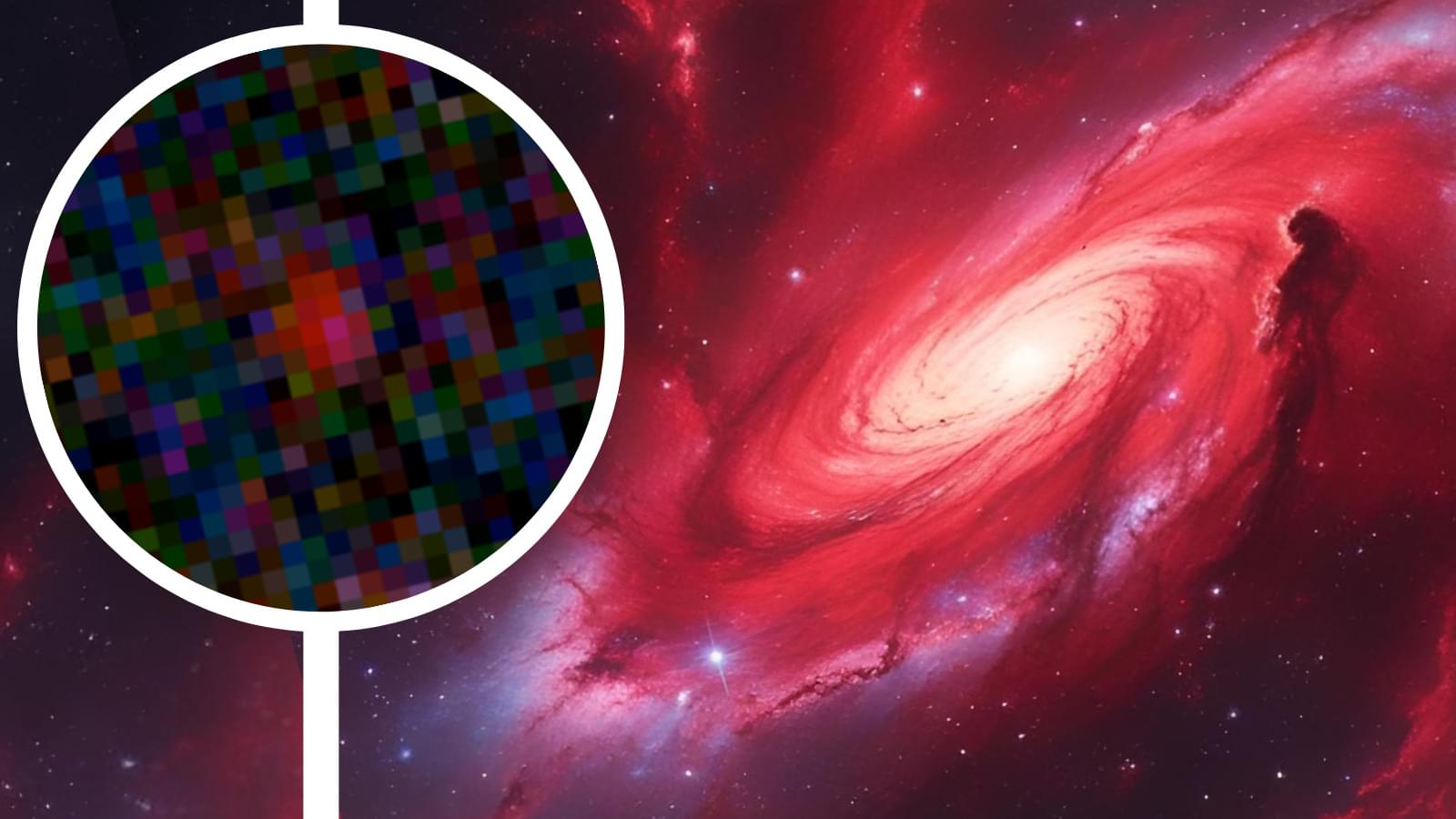
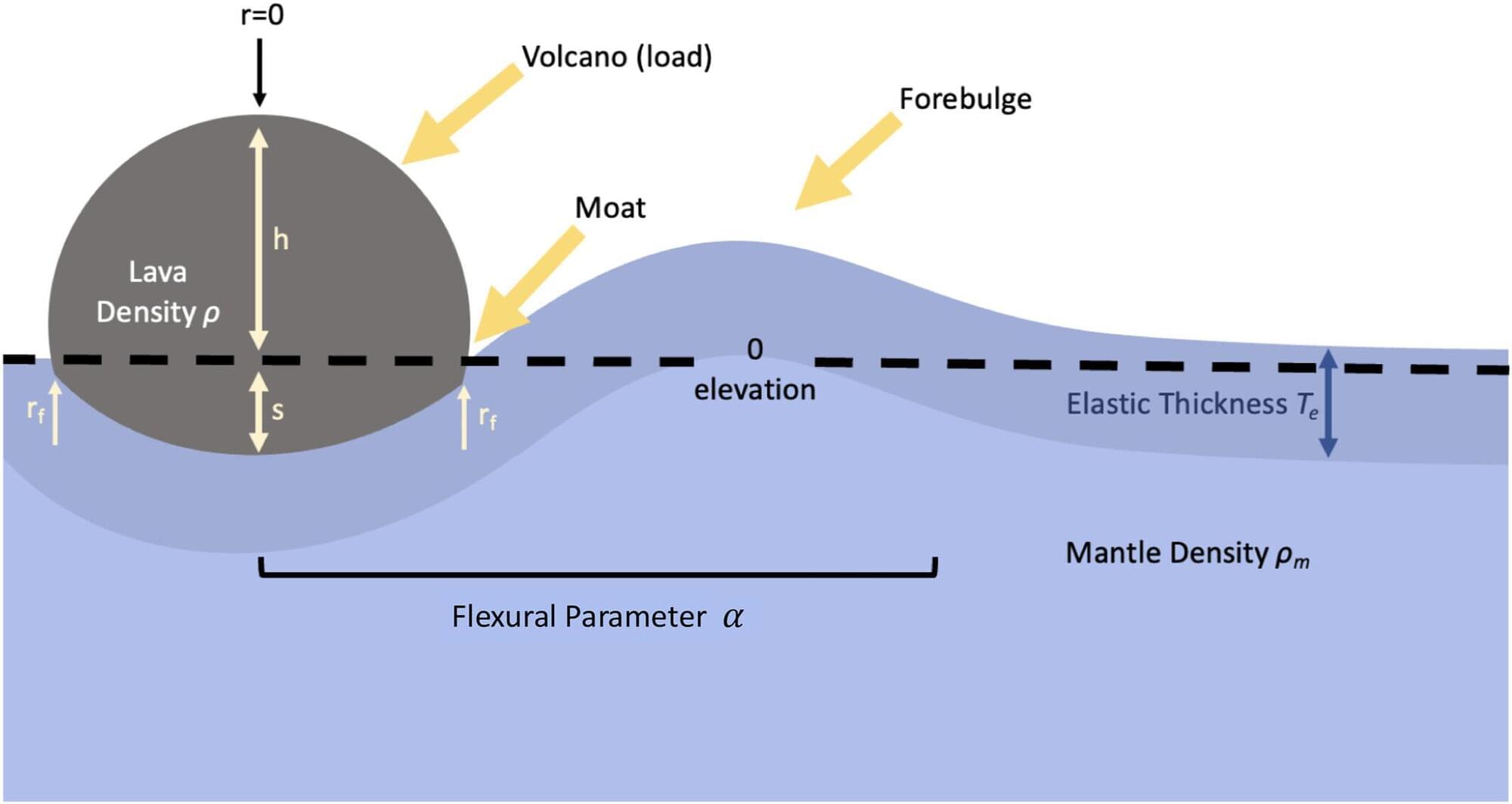
A trio of scientists from the Georgia Institute of Technology, Université de Lyon, and Arizona State University, respectively, has found that a likely reason flat pancake-like volcanoes form on Venus’ surface is the planet has an elastic lithosphere and volcanoes that emit dense lava.
In their paper published in the Journal of Geophysical Research: Planets, M. E. Borrelli, C. Michaut, and J. G. O’Rourke describe how they used data collected by NASA’s Magellan mission in the 1990s, to simulate how one such flat-topped dome could have come about and what they learned by doing so.
Planetary scientists have been wondering for many years how the oddly shaped volcanic domes came to exist on the surface of Venus. With their flat shapes and steep sides, they are unlike any volcanoes seen on Earth—they look much more like pancakes than cones. To learn more, the research trio took a unique approach. They attempted to simulate how just one of them might have come about.